Last month, Wizards of the Coast added the Weirdcards-created Magic variant Oathbreaker to the list of formats. Their website now includes an official introduction to the format, which allows you to pair a Planeswalker with a “signature spell” that fits into their color identity and play both from the Command Zone with the two-mana tax per cast rule common with Commander. Oathbreaker is played with singleton decks of 60 cards (including your Commander and signature spell) and players start with 20 life, making for faster and more consistent games. Aside from those restrictions, it’s fertile ground for deck building, and has a dedicated fanbase.
I do have an issue with Oathbreaker, and it’s the same issue that I have with PreDH, the fan-run format that rolls Commander back to the time before direct intervention from Wizards (that is, from Alpha through New Phyrexia). That’s the era in which I fell in love with Commander, but it was quite limited in terms of options for decks. In regular Commander, at the cusp of March of the Machine, we have 1,609 options for Commanders to build around; in PreDh, we have 443.
That includes a whole legion of Legends like Daughter of Autumn, Ben-Ben, Akki Hermit, Hunding Gjornerson, and Hakim, Loreweaver, or decks you would only consider building if you wanted to win a dare. Say you want, as I always do, to build a Golgari Commander deck in PreDH: your have seven total options from Vhati il-Dal to Nath of the Gilt-Leaf to Glissa, the Traitor. Jeskai, for comparison, has one: Numot, the Devastator, as do Sultai, Temur, and Mardu. Abzan has two legal PreDH Commanders. If you want to play Boros, you have four options: Agrus Kos, Wojek Veteran, Brion Stoutarm, Jor Kadeen, the Prevailer, and Razia, Boros Archangel. I don’t want to belabor the point, here, but there was a reason that many of us who played Commander (or EDH, as it was then known) back in that era celebrated when Wizards announced they would be embracing the format and printing cards specifically for it.
Pre-March, 270 Planeswalkers are legal as Commanders for Oathbreaker. Now, since those were all designed in the modern era of Magic, we don’t quite have the issue we have with PreDH; Planeswalkers, as mythic rares printed since 2006, tend to have at least potential if not immediate playability. Certainly, there are a couple of dozen that no Oathbreaker player is excited to build around—introductory deck exclusives like Liliana, Death Mage or Chandra, Pyrogenius, Limited concessions like Jaya, Venerated Firemage or Dovin, Hand of Control, and oddballs like Mu Yanling or Ellywick Tumblestrum, whose rate is fine, but who simply doesn’t have enough support.
Grading on a curve, I’d say about 220 Planeswalkers are reasonable options for an Oathbreaker deck. They’re not evenly dispersed, though, so if you’re just starting out in Oathbreaker, your options are maybe more limited than you expect. There are no Sultai Planeswalkers, no Naya Planeswalkers, one Mardu Planeswalker, one Jund Planeswalker, one Jeskai Planeswalker, one Temur Planeswalker, and two Bant Planeswalkers. Your sole five-color option is Jared Carthalion and you have none for four-color Planeswalkers. Amusingly, the colorless Planeswalkers available in Oathbreaker are mostly reasonable—you have two variants on Ugin (Ugin, the Ineffable and Ugin, the Spirit Dragon) and four Karns, of which three are excellent. I run even the also-ran—Karn, Living Legacy—along with All is Dust in my completely miserable Karnstax Oathbreaker deck.
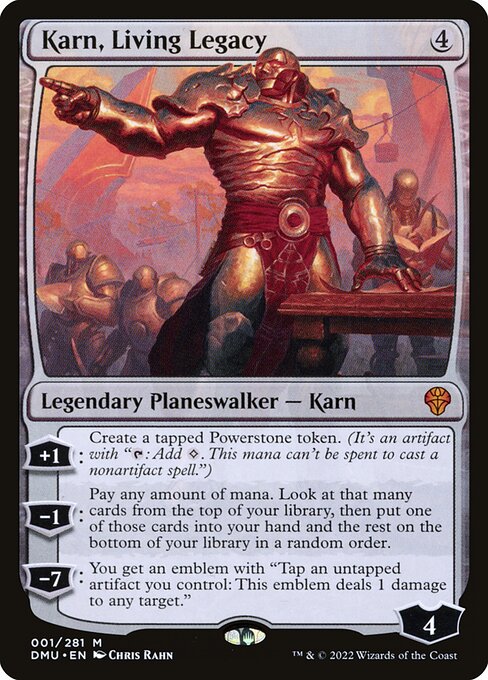
But even with these restrictions, Oathbreaker has found a committed community for the same reasons Commander was a hit and Brawl a flop: you can build a deck that embodies your favorite archetype and play it for years to come. Oathbreaker, like Commander, trains you to build your deck and devise your strategy based on restrictions and options—while we may only have a couple of hundred possible Oathbreakers, you can still merge your preferences with opportunities presented by each.
Are you a fan of running a particular creature type? Liliana, Untouched by Death and Sorin, Imperious Bloodlord’s most difficult deckbuilding decision is what to cut from the glut of options for Zombies and Vampires, respectively, and Zendikar’s Nissa Revane is an old stalwart for Elfball archetypes. Tyvar, Jubilant Brawler also allows you to build either Elves (or a variant on the Pioneer Fiend Artisan deck). Blink player in Commander? Venser the Sojourner and Cloudshift let you build your own Brago.
Are you the sort of person who reaches for Burn in any new Format? Chandra, Torch of Defiance plus your favorite burn spell lets you play old tricks. The same, but for Death & Taxes? Dovin, Grand Arbiter can come down before their shields are up and boost your army of efficient and disruptive creatures, as can any number of aggressive ‘walkers, from Gideon Blackblade to Basri Ket.
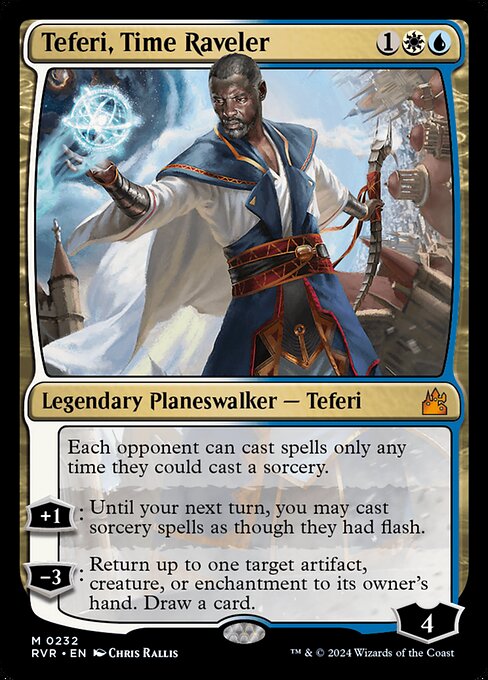
More control-minded? Teferi, Time Raveler with Absorb or Render Silent may not make any friends, but sometimes congeniality is overrated. If you really want to be the target, Narset, Parter of Veils plus a Windfall effect is a soft lock, and pops up frequently in the format.
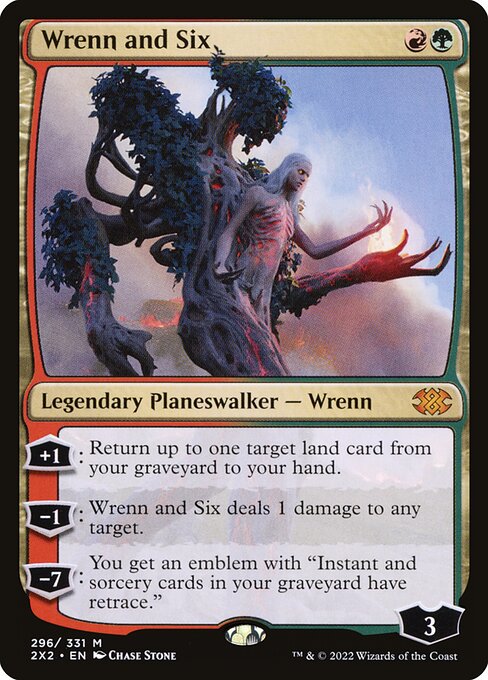
A Legacy player? Wrenn and Six plus Crop Rotation or Raze lets you play a Ponza-style game if you’re a Lands player. If you miss the recently-banned White Initiative cards, they’re waiting for you in Oathbreaker. You can’t play Griselbrand in Oathbreaker, but Liliana of the Veil and Reanimate let you revisit a pre-2011 Reanimator deck with Eldrazi and Platinum Angel.

Combo player? Professor Onyx and Chain of Smog do what they always do, but you now have access to both in the command zone. Hit eight mana—more difficult to do in a format where Sol Ring and Dark Ritual are banned—and hit the “end game” button. The combo of Jace, Wielder of Mysteries and Paradigm Shift requires a bit more setup, but with a touch of Delve or graveyard exile and the redundancy of Thassa’s Oracle and Laboratory Maniac, it’s a fun instant win. The Atraxa—that is, the ubiquitous but manageable staple—of the format is The Elderspell, which wrecks everyone’s fun and sends a clear signal from the command zone in conjunction with Nicol Bolas, the Dragon-God. But these are established decks, pillars of the format, and we can go deeper.
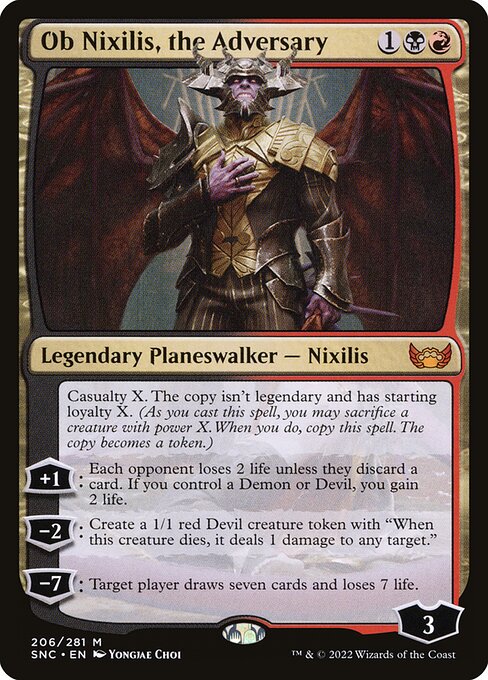
I haven’t given up on Ob Nixilis, the Adversary, and paired with a Threaten effect—I prefer Mark of Mutiny for that additional Casualty power—he’s an extremely fun Oathbreaker. You can also go a slightly different direction with Ob Nixilis and pair him with Unearth or Reanimate to bring back Ball Lightning and Lightning Skelemental and various other high-power threats to sac to Nixilis’ Casualty ability. Hitting someone with a surprise Blistering Firecat and then sac’ing it second main to enable an Ob Nixilis ultimate is a superb fusion of 2002 Magic and 2023 Magic.
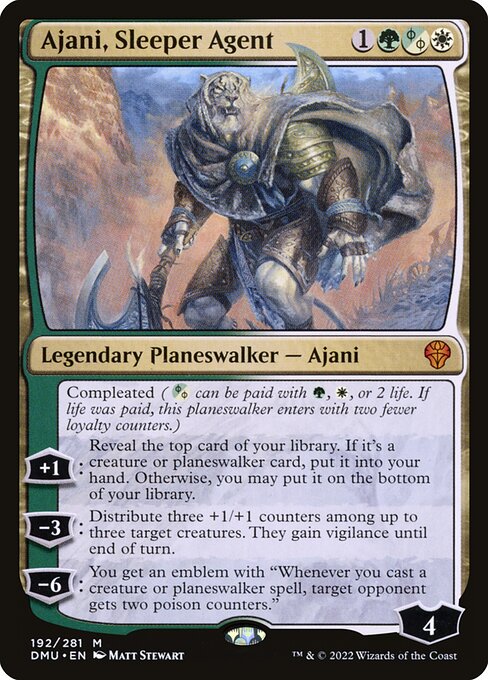
Dominaria United’s Ajani, Sleeper Agent plus Noxious Revival will let you stack and draw dead creatures—he’s also particularly useful with All Will Be One’s and Scars Block’s Toxic and Infect creatures like Skrelv, Slaughter Singer, Putrefax, and Mite Overseer. You can see the skeleton of the deck, and Revival could also easily be a fight spell or Tamiyo’s Safekeeping.
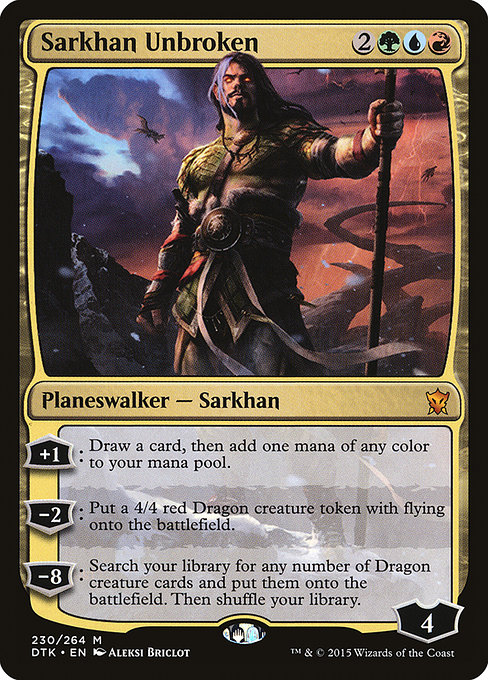
Some years back, Sarkhan Unbroken spiked because players assumed that surely there would be a critical mass of Dragons in Temur at some point, and he would become a powerhouse. He never got there in Standard or Modern or Pioneer, and he was too hard to find as one of the ninety-nine, but he was tailor made for Oathbreaker in conjunction with Sarkhan’s Triumph or Dragon’s Fire or Draconic Roar. Stack the rest of the deck with the best of the recently-printed Dragons from Adventures in the Forgotten Realms, Baldur’s Gate, and Neon Dynasty, and you finally have a deck worthy of the Dragonsoul.
A synopsis on a website and a Tweet or two in support doesn’t mean that Wizards of the Coast will be printing preconstructed Oathbreaker decks any time soon, or that the format will take over tables at a game store near you. I remember the heady days of Tiny Leaders and the supposed durability of Extended tournaments, and player-run formats come and go with varying levels of buy-in from Wizards. I’ve seen Premodern playgroups dissolve over stagnant meta games and Old School decks sold off for down payments and daycare bills. That said, Oathbreaker is primed for growth—despite Wizards’ marketing assertions that March of the Machine will mark a seismic change in Magic’s story, it doesn’t appear Planeswalkers are going anywhere.
Our stable of Oathbreakers may feel a bit restrictive compared to the 1600-odd we have for Commander, but the flexibility of the signature spell slot and the personality-driven deckbuilding makes it as appealing as Magic’s number one format. More than anything, Oathbreaker has what has made Magic so enduring: from Ravnica to Commander to Oathbreaker, you are allowed to express identity through deckbuilding and gameplay. Announcing yourself as the villain, or the group facilitator, or the quirky iconoclast, from the moment Commanders/Oathbreakers are revealed is a rush—if we wanted rewarding and nuanced gameplay, we would play chess. If we wanted to watch numbers shift the parameters of what we can and can’t do, we’d play video games. But we want stories. We want narratives. We want Magic—and Oathbreaker is a new and engaging way to get exactly that.
Rob Bockman (he/him) is a native of South Carolina who has been playing Magic: the Gathering since Tempest block. A writer of fiction and stage plays, he loves the emergent comedy of Magic and the drama of high-level play. He’s been a Golgari player since before that had a name and is never happier than when he’s able to say “Overgrown Tomb into Thoughtseize,” no matter the format.

